How to Grow Statement-Making Elephant Ear Plants With Lush Leaves
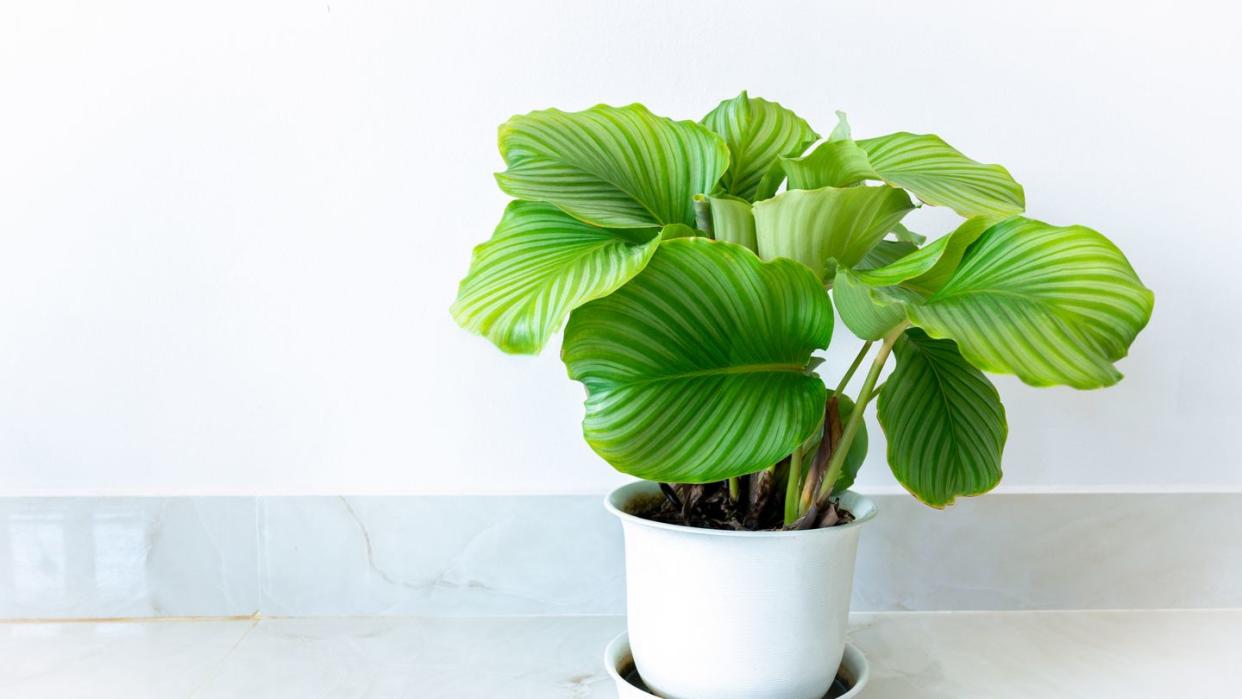
"Hearst Magazines and Yahoo may earn commission or revenue on some items through these links."
When it comes to houseplants, elephant ear plants, also known as Alocasia spp, make a tropical statement in any living space with large leaves reminiscent of, you guessed it, Dumbo's ears. What's more, they come in a huge range of colors, shapes, textures, and sizes to complement any home decor, says plant and gardening expert Fern Berg, founder of Tree Vitalize.
That's to say you could have an indoor elephant ear plant family that includes Black Velvet (Alocasia reginula), which is known for its lush, velvety dark green leaves and compact growth, and an eye-catching Zebrina (Alocasia zebrina) with its large, glossy arrow-shaped leaves and long stems patterned in a similar manner to a zebra's coat, Fern says. In all, there are roughly 90 different species and cultivars of the tropical plants to choose from, with elephant ear plants ranging from blue-gray to burgundy.
Their unique aesthetic and tropical vibe make elephant ear plants popular, but they're also great at purifying the air in your home, Berg says. They're native to tropical and subtropical regions, which means they're not necessarily the easiest plants to care for if you don't get a ton of sunshine in your home or do get a strong draft. But a few tweaks can help create an ideal environment for these dramatic plants. Read on for an elephant ear plant care guide to help your tropical transplant thrive.
Elephant Ear Plant Essentials
Alocasia 'Regal Shields'
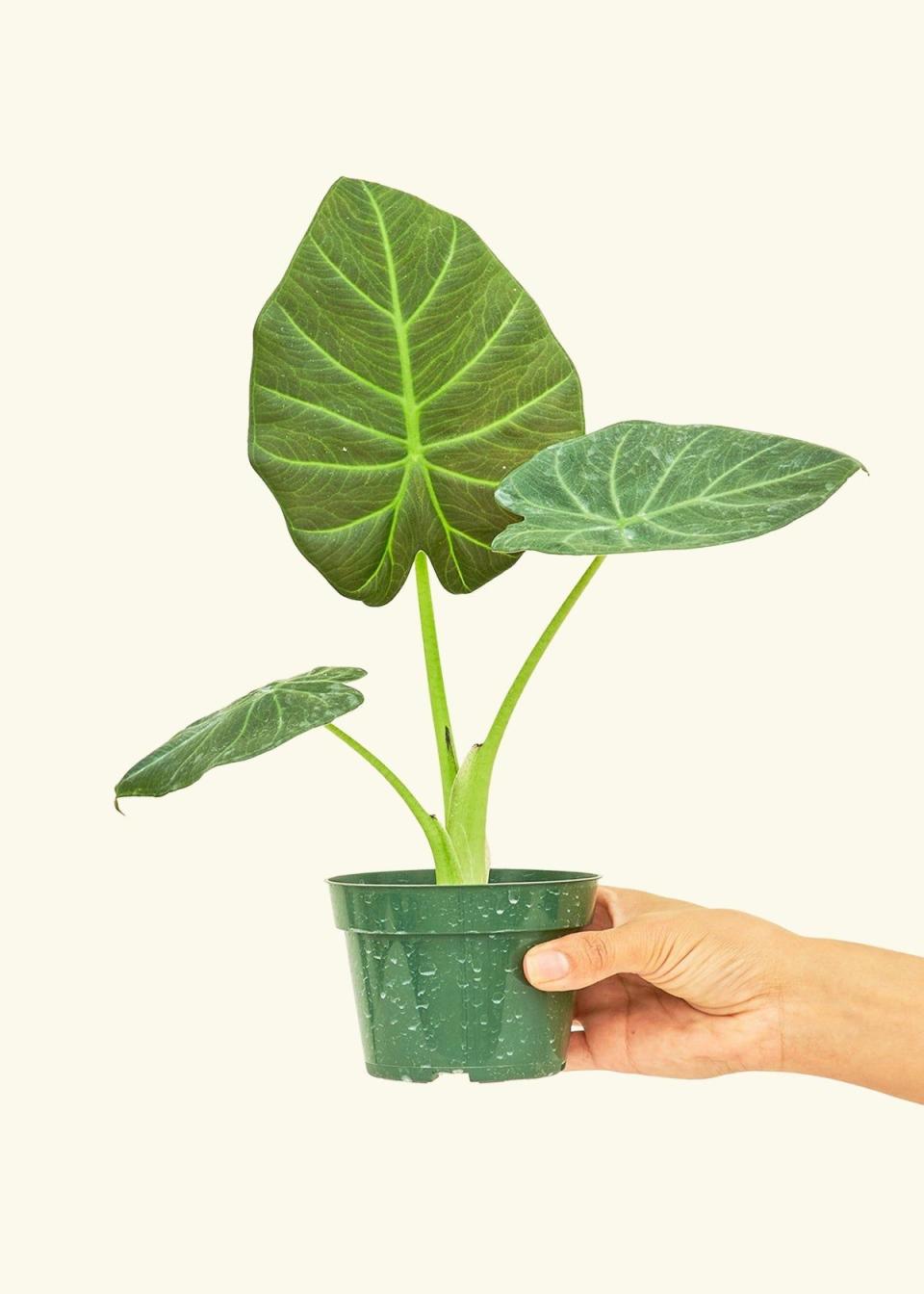
Alocasia 'Regal Shields'
heyrooted.com
$22.00
RootedJOFAMY Tiered Bubble Ceramic Plant Pot
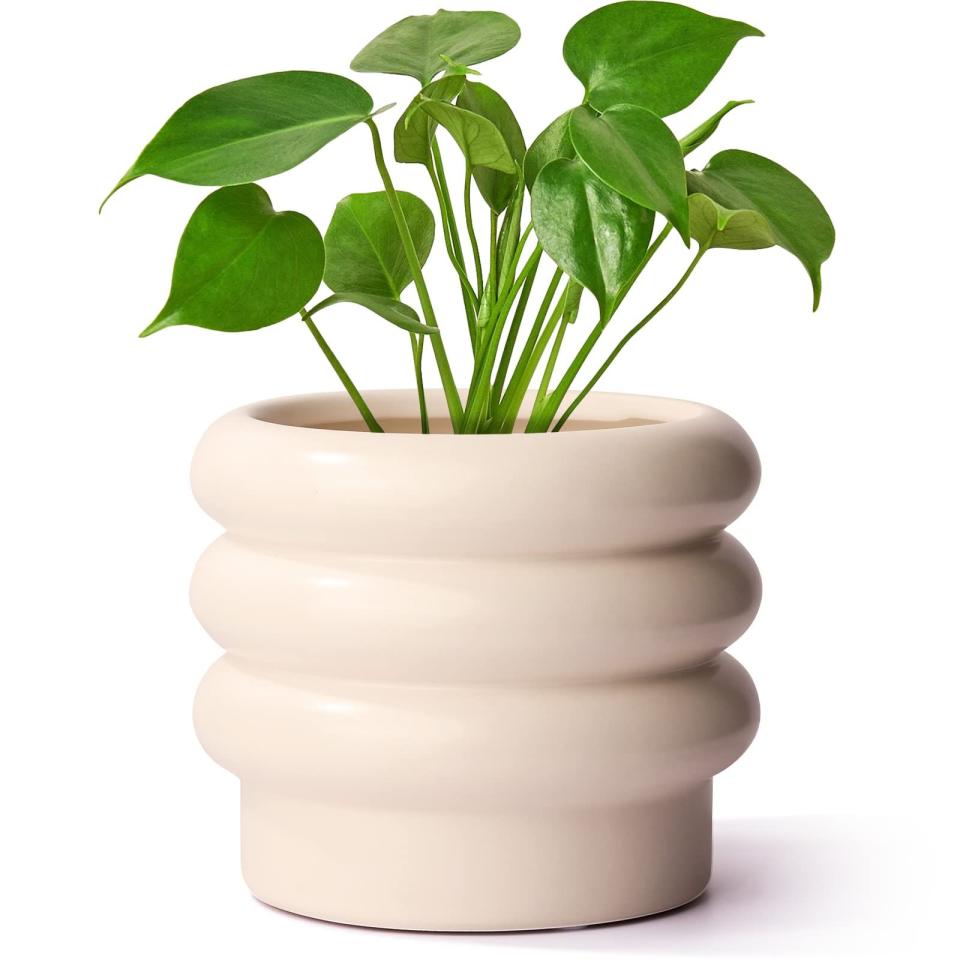
JOFAMY Tiered Bubble Ceramic Plant Pot
amazon.com
$19.99
JofamyIndoor Potting Mix
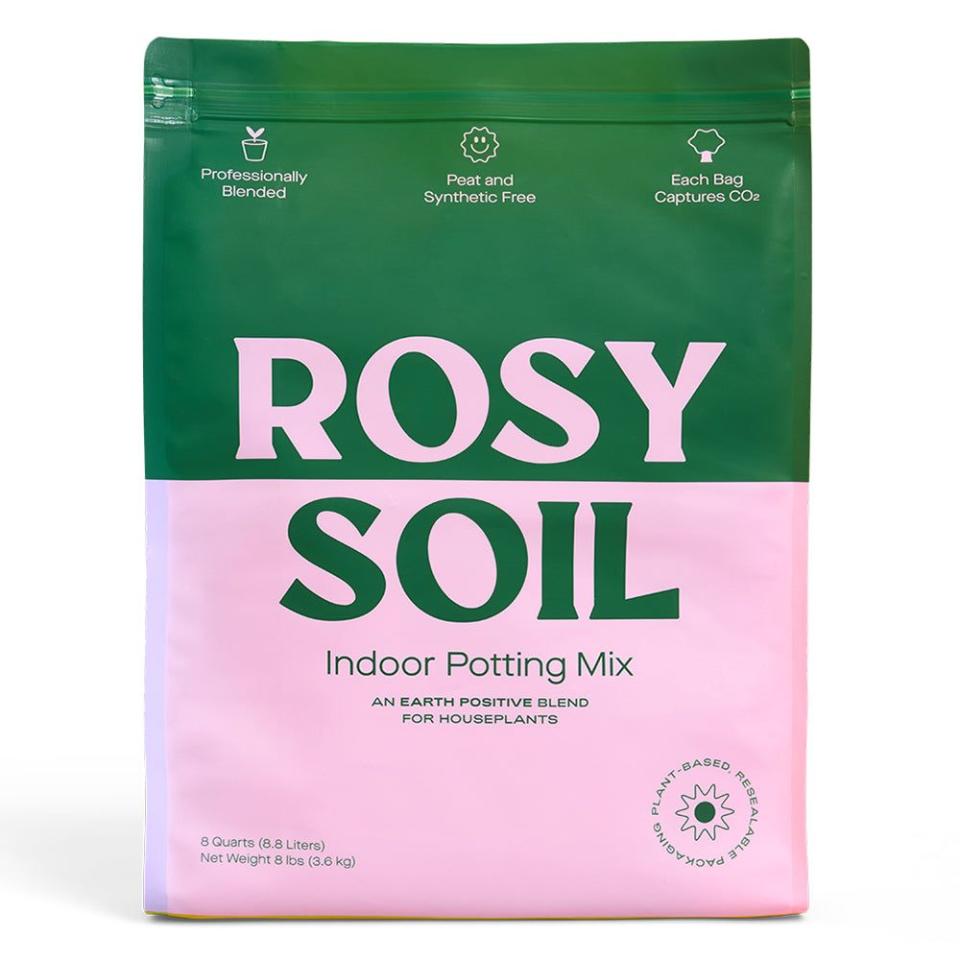
Indoor Potting Mix
rosysoil.com
$19.99
RosyLEVOIT Top Fill Humidifier
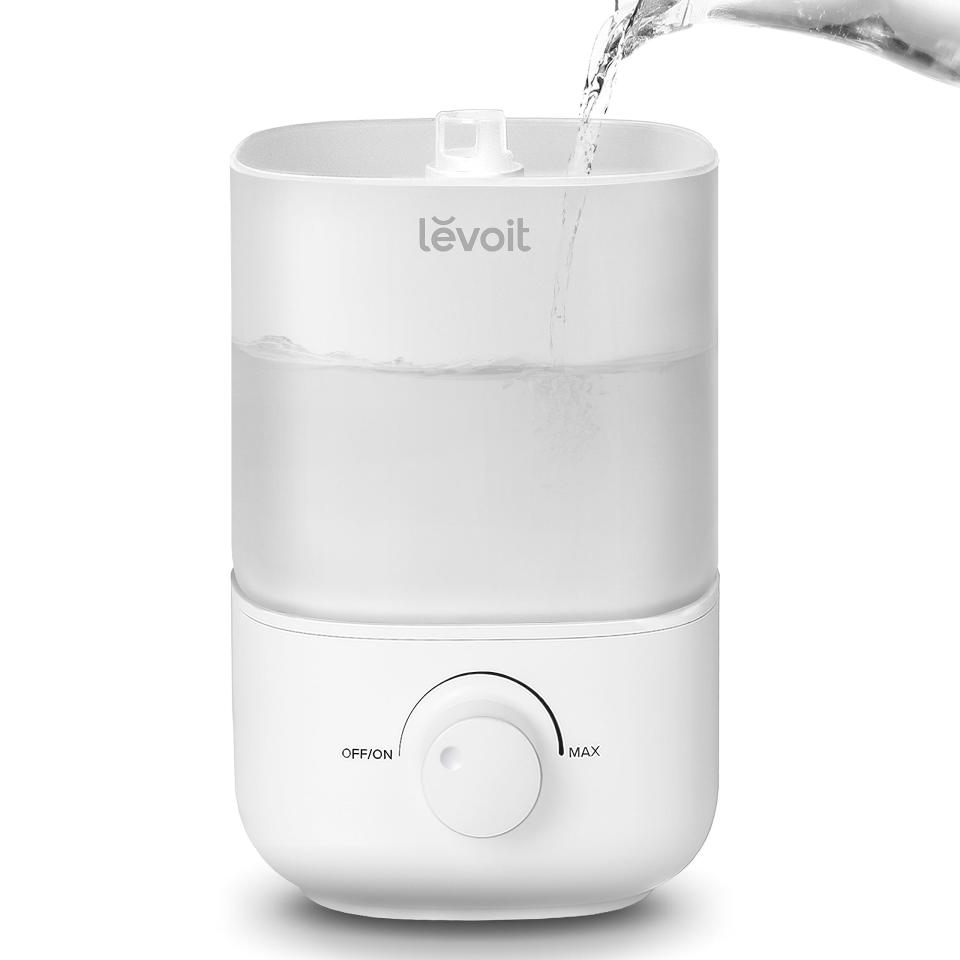
LEVOIT Top Fill Humidifier
amazon.com
$39.99
LEVOITHow to Care for Elephant Ear Plants
Since these plants are native to tropical and subtropical regions of Australia (on the eastern coast) and Asia, the best tip for elephant ear plant care is to replicate their natural habitat, Berg says.
Sunlight
In the wild, elephant ear plants grow as an understory plant in tropical rainforests (i.e., beneath the tree canopy), which is why they have developed such large leaves–to soak up any filtered sunlight that reaches them, Berg explains. Mimicking those conditions in your home will help your elephant ear plant thrive. "This means placing them in a spot that gets bright, indirect light, protected from cold temperatures and drafts," she says.
Soil
Elephant ear plants are also accustomed to humid environments with very fertile soil, Berg explains. Feeding your plant with a balanced liquid fertilizer during the growing season will give them an added boost, she suggests. Apply the fertilizer at half-strength every two to four weeks during spring and summer.
Humidity and Temperature
It's also essential to maintain high humidity levels for your elephant ear plant to thrive. The ideal range is between 60 to 80 percent humidity, which you can replicate indoors by using humidity trays, humidifiers, or a mister. You can also try grouping plants together if you live in an area that's not naturally humid, Berg suggests—they'll generate their own humidity, just like in the jungle.
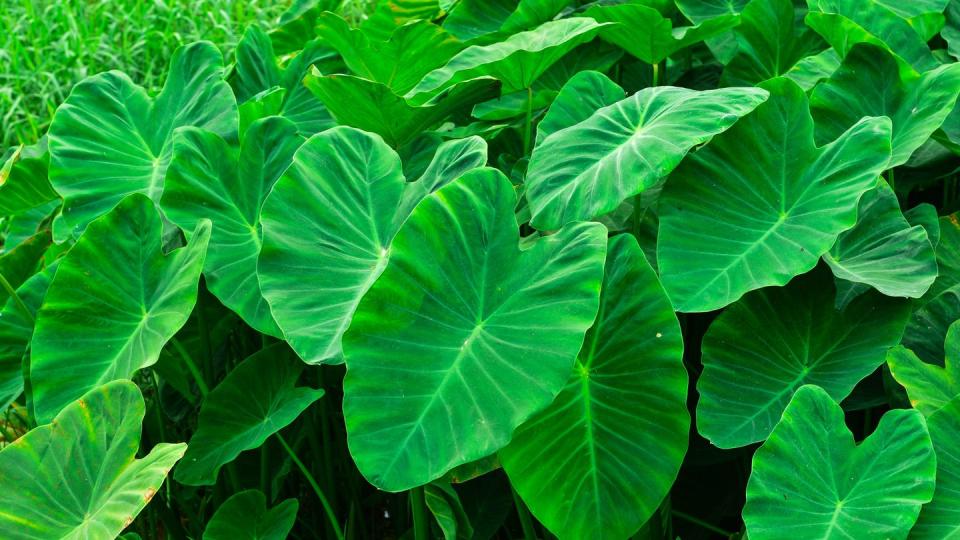
Common Elephant Ear Problems
If you successfully replicate the natural habitat of your elephant ear plant and routinely check for pests and diseases, you're on your way to success. Don't let these common problems hold you back.
The Leaves Are Yellow or Drooping
If your elephant ear plant is showing any signs of stress such as yellowing, drooping, or spotting on the leaves, withhold fertilizer and correct any issues with over/under watering, light exposure, temperature and humidity levels first, Berg explains. "By promoting new growth and diverting energy away from recovery, fertilizing an already-stressed plant can exacerbate its condition and delay its recovery," she says.
You Notice Root Rot
Overwatering is arguably the most common mistake people make when looking after any type of houseplant, and elephant ear plants are no exception. "Although they like their soil to be kept slightly moist, waterlogging your elephant ear plant can quickly lead to root rot," Berg says. To avoid this, she suggests making sure you plant them in very well-draining soil (consider a mix with perlite, peat moss, and orchid bark to improve drainage) and wait until the top inch of soil is dry before watering again.
The Leaves Are Scorched
These plants might love the tropics, but direct sunlight can burn their leaves, says Brian Clayton, CEO of the lawn-care company GreenPal. An area with filtered light is the best bet. A spot in your yard or house that gets filtered sunlight is best for elephant ear plant care.
You Might Also Like

